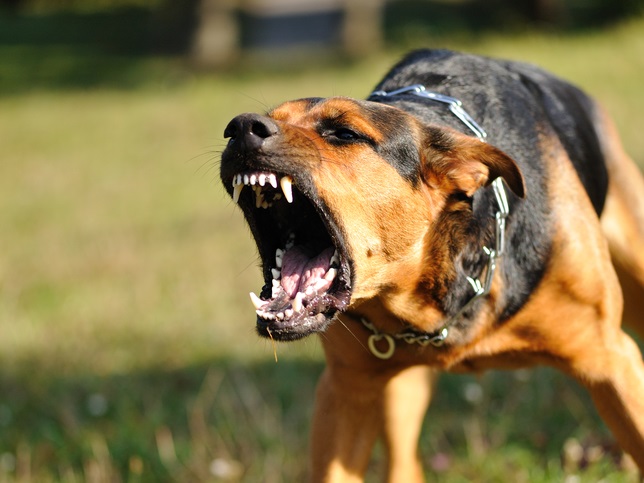It is often said that dogs are excellent companions and with good reason. Indeed, these animals are extremely endearing, friendly and loyal. However, dogs can also be aggressive like any other animal. In fact, you may have already witnessed aggressive behaviour from your dog. Although this may be worrying, the first thing to do is to quickly identify the cause of this aggression. Knowing the source of aggression will help you find the best options to correct this unwanted behaviour.
15. Disease
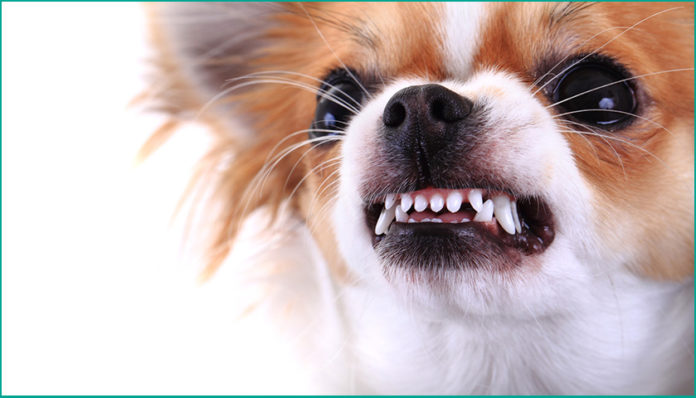
Some diseases can cause aggressiveness in dogs. If your dog likes to walk with other dogs, but his behaviour suddenly changes to become aggressive, he may have a serious illness. It is better, in this case, to go to the vet to make sure everything is correct.
14. Injury

Pain is a particularly common cause of aggression in dogs. Your dog can suddenly become aggressive due to an injury that causes him major discomfort. Possible causes of pain include arthritis, bone fractures, internal injuries and lacerations.
13. Frustration
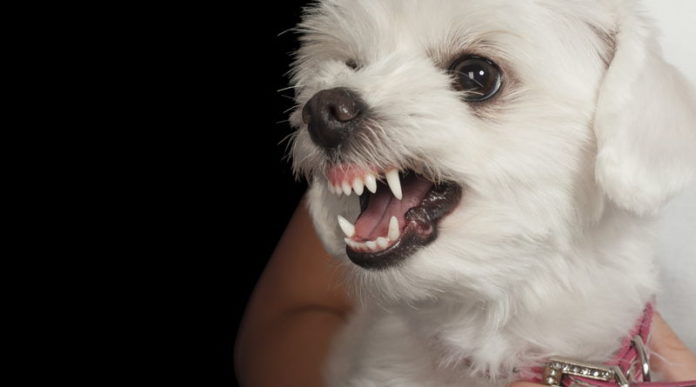
When a dog cannot do what it wants or is forced to do what it does not want, it can become frustrating and aggressive towards the animal or the nearest person. In dogs, examples of frustration-aggression include aggression resulting from being physically restrained by their collar or locked in a kennel.
12. Protection
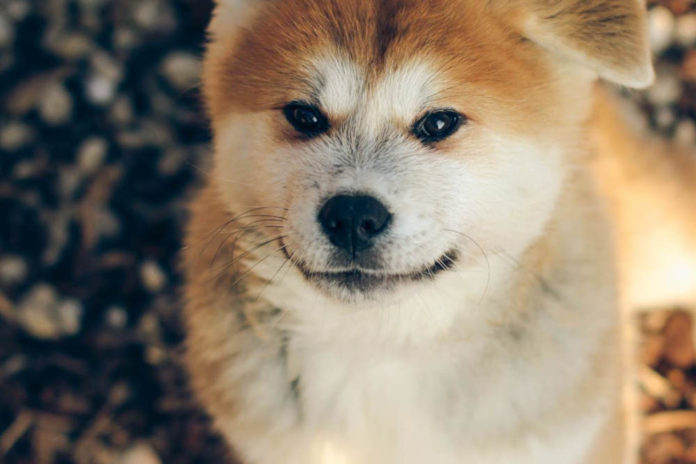
Dogs can become aggressive when they are hyper-vigilant on their perceived territory. It is therefore not a question of protective behaviour with the family and the home, but of territorial protection.
11. Aggressive on a leash
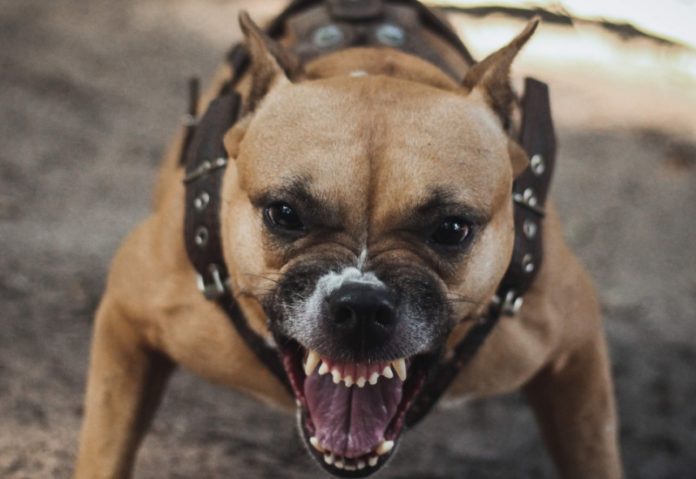
Is your dog-friendly most of the time? If your dog starts barking or trying to bite everything he sees as soon as you hold him on a leash, it’s probably because he feels too restrained by his leash. His aggressiveness is therefore redirected to the other dogs.
10. Social aggressiveness

When several dogs coexist, they manage to establish a hierarchy in their group. This hierarchy system allows the pack to establish a social order for certain things (for example, who will get the most comfortable place to take a nap or who is the first to eat). When a member of the lower pack disrupts the established order, the alpha dog can correct it by a display of aggression in the form of a growl or jaw snap.
9. Establishment of a dominant position
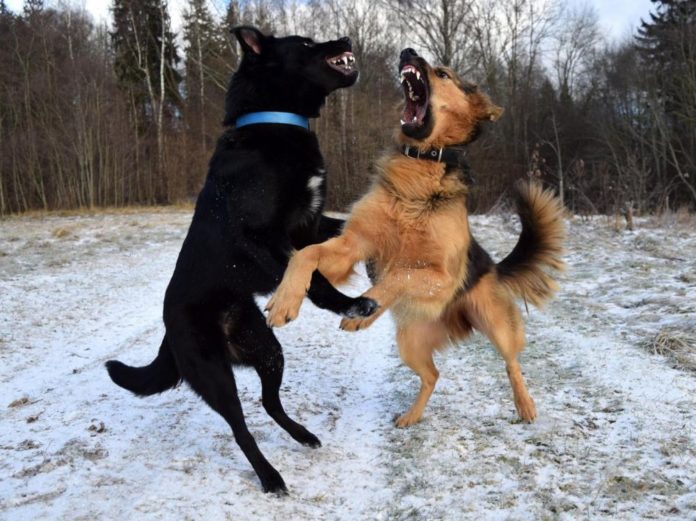
Dogs sometimes use aggression to establish their position of domination. This is more commonly directed to other dogs, but it can also happen to people.
Dogs that exhibit this type of aggression feel they have to prove that they are in charge of a situation. Dogs will be aggressive when they feel that their position is being questioned.
8. Anxiety
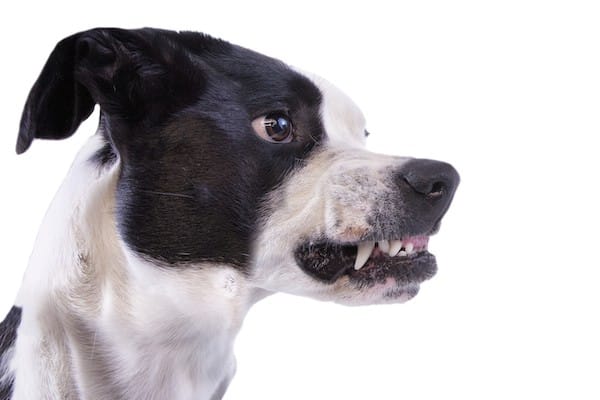
Recent changes in a dog’s environment can make him anxious and lead him to adopt aggressive behaviours. Anxiety can be caused by the arrival of a new family member or moving to a new home.
7. Appropriation of objects
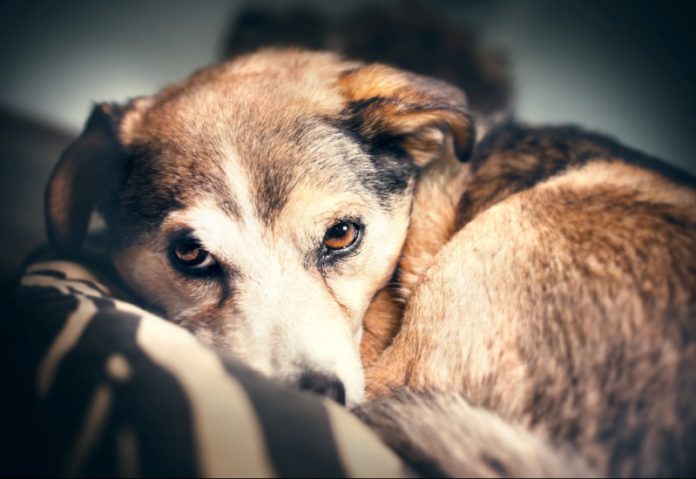
Dogs can also be aggressive when it comes to their possession (for example, their favourite toy). They can, therefore, attack other dogs if they get too close to their favourite object.
6. Fear
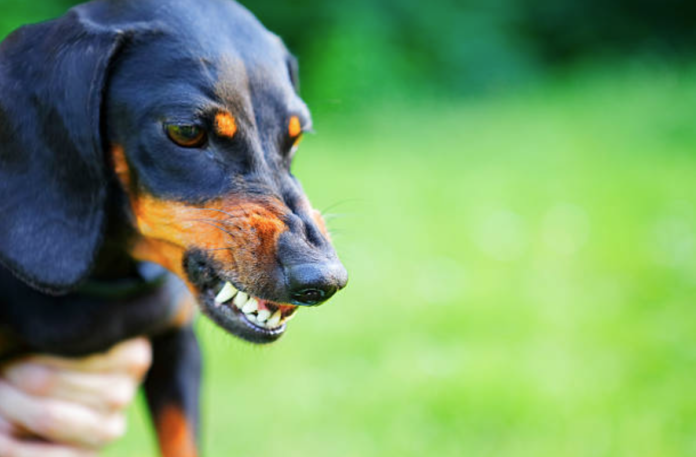
Fear is the most common reason why dogs behave aggressively toward other dogs. Fear-based behaviour is often the result of a lack of socialization, past negative experiences with other dogs or abuse by former owners. Usually, a dog will only exhibit aggressive fear-based behaviour if it feels in danger and needs to defend itself.
5. Redirected aggressiveness
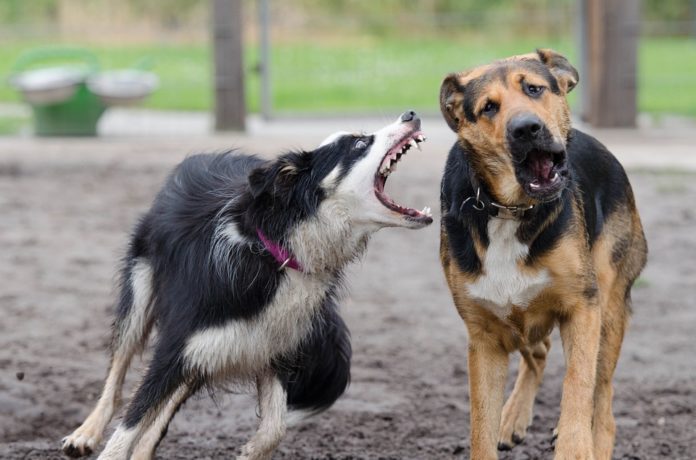
Redirected aggression occurs when a dog is excited by a stimulus (such as a bell or a dog outside the window) and does not have the ability to direct its aggressiveness towards that stimulus. He will then get angry with another dog or its owner.
4. Genetic predisposition

Some dogs are genetically predisposed to aggression. Dogs of any breed can be selectively bred for intentional or unintentional aggression.


![[Photos] Why WD-40 Is Magic In Your Garden?](https://lifetonik.com/wp-content/uploads/sites/7/2019/08/WD40-Prices-Highres_Page_8_Image_0008-218x150.jpg)
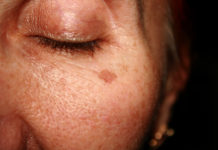




![[Photos] Take A Look Of The Obama’s New Home Before It’s Banned](https://lifetonik.com/wp-content/uploads/sites/7/2019/07/Obama1-218x150.jpg)

![[Slideshow] Celebrity Homes: 21 Of The Most Luxurious](https://lifetonik.com/wp-content/uploads/sites/7/2019/07/Taylor-Swift-218x150.jpg)
![[Slideshow] More Parents Are Now Gluing Pennies to the Bottom of their Kid’s Shoes](https://lifetonik.com/wp-content/uploads/sites/7/2019/07/Keep-Them-Entertained-218x150.jpeg)
![[Photos] 20 Fashion Mistakes That Too Many Women Make!](https://lifetonik.com/wp-content/uploads/sites/7/2019/07/5-style-mistakes-that-make-you-look-frumpy-featured-218x150.jpg)





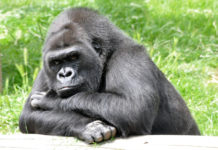





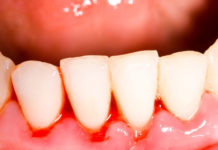

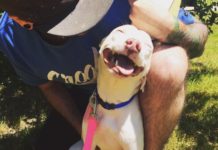





![[Gallery] 25 Discounts For Seniors To Which You Are Entitled Without Knowing It](https://lifetonik.com/wp-content/uploads/sites/7/2019/08/EAZxECUXUAAvNZR-218x150.jpg)
![[Slideshow] Here’s the salary of every governor in the United States](https://lifetonik.com/wp-content/uploads/sites/7/2019/08/Charlie-Baker-218x150.jpg)
![[Photos] No One Will Want To Buy This House After Seeing These Pictures](https://lifetonik.com/wp-content/uploads/sites/7/2019/08/terrible-real-estate-photos-2-5c35e727c9f95__700-218x150.jpg)



